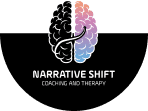Understanding Trauma Healing Through the Neurodivergent Lens
The Narrative:
When trauma occurs, our brains create protective patterns designed to help us survive. For many individuals, traditional trauma approaches focus primarily on these patterns without considering the unique neural processing that may already exist. For neurodivergent individuals, trauma responses interweave with existing neural differences, creating a complex landscape that standard therapeutic approaches may not fully address.
The Shift:
Healing from trauma isn’t about forcing the brain into neurotypical patterns—it’s about understanding how trauma affects your unique neural wiring and developing pathways to safety, connection, and resilience that honor your neurodivergent mind. By integrating specialized therapeutic approaches with neurodivergent-affirming practices, trauma healing becomes more accessible and effective.
The Neuroscience of Trauma in Neurodivergent Brains
To understand how trauma healing works, we first need to understand how trauma affects the brain, particularly the neurodivergent brain. Think of your nervous system as an intricate alarm system. When trauma occurs, it recalibrates this system, often making it more sensitive to potential threats. For neurodivergent individuals, who may already experience heightened sensory processing or emotional intensity, this recalibration can be particularly impactful.
The Trauma Response System
The trauma response involves three key neural networks:
1. The Survival Network (Amygdala and Brain Stem):
-
- Processes immediate danger signals
- Controls fight/flight/freeze responses
- Maintains vigilance for potential threats
2. The Emotional Network (Limbic System):
-
- Stores emotional memories
- Processes current emotional experiences
- Creates associations between experiences and emotions
3. The Regulation Network (Prefrontal Cortex):
-
- Manages emotional responses
- Coordinates cognitive processing
- Controls executive function
In neurodivergent individuals, these networks may already process information differently, making trauma responses more complex and requiring specialized approaches for healing.
Understanding Specialized Trauma Therapy Approaches
Think of trauma therapy as learning a new language—the language of safety and healing. Different therapeutic approaches offer different dialects of this language, each with unique benefits for neurodivergent individuals.
Cognitive Behavioral Therapy (CBT): Rewiring Thought Patterns
CBT works like a skilled electrician, helping you identify and rewire circuits of thought that may be causing distress. For neurodivergent individuals, this process includes:
The Thought Mapping Process
-
- Identification Phase
- Recognizing triggering situations
- Noting automatic thoughts
- Observing emotional responses
- Analysis Phase
- Examining thought patterns
- Understanding neural triggers
- Identifying cognitive distortions
- Reconstruction Phase
- Developing alternative perspectives
- Creating new neural pathways
- Building resilient thought patterns
- Identification Phase
Dialectical Behavior Therapy (DBT): Building Emotional Intelligence
DBT serves as an emotional navigation system, particularly valuable for neurodivergent individuals who may experience emotions with greater intensity. The process includes:
Core Skill Development
-
- Mindfulness Skills
- Present moment awareness
- Non-judgmental observation
- Sensory grounding techniques
- Distress Tolerance
- Crisis survival strategies
- Acceptance practices
- Self-soothing techniques
- Emotional Regulation
- Emotion identification
- Response modulation
- Trigger management
- Interpersonal Effectiveness
- Communication strategies
- Boundary setting
- Relationship navigation
- Mindfulness Skills
Eye Movement Desensitization and Reprocessing (EMDR): Neural Reprocessing
EMDR works like a neural filing system, helping the brain reprocess traumatic memories more adaptively. For neurodivergent individuals, this includes:
The Reprocessing Journey
-
- Preparation Phase
- Building resources
- Establishing safety
- Creating containment
- Processing Phase
- Bilateral stimulation
- Memory reprocessing
- Emotional release
- Integration Phase
- New neural connections
- Adaptive memory storage
- Reduced emotional charge
- Preparation Phase
Mindfulness-Based Cognitive Therapy (M-CBT): Present-Moment Awareness
M-CBT combines the precision of CBT with the grounding power of mindfulness, particularly beneficial for neurodivergent individuals who may experience time differently or struggle with present-moment awareness.
The Integration Process
-
- Awareness Building
- Body scanning techniques
- Thought observation
- Emotional awareness
- Response Cultivation
- Non-reactive observation
- Acceptance practices
- Compassionate response
- Skill Integration
- Daily mindfulness practices
- Cognitive restructuring
- Emotional regulation
- Awareness Building
Creating Your Personalized Healing Journey
Healing from trauma requires a personalized approach, especially for neurodivergent individuals. An effective healing journey includes:
Assessment and Understanding
-
- Your unique neural processing patterns
- Specific trauma responses
- Individual triggers and coping mechanisms
- Personal strengths and challenges
Treatment Planning
-
- Integrates appropriate therapy modalities
- Addresses specific trauma responses
- Builds on existing strengths
- Accommodates neurodivergent processing
Implementation and Support
-
- Consistent support and guidance
- Adaptable techniques and tools
- Regular progress assessment
- Modification of approaches as needed
Remember that trauma healing is not a linear process. It’s a journey with ups and downs, breakthroughs and challenges. By honoring your neurodivergent mind while addressing trauma responses, you can create pathways to healing that feel authentic and effective.




